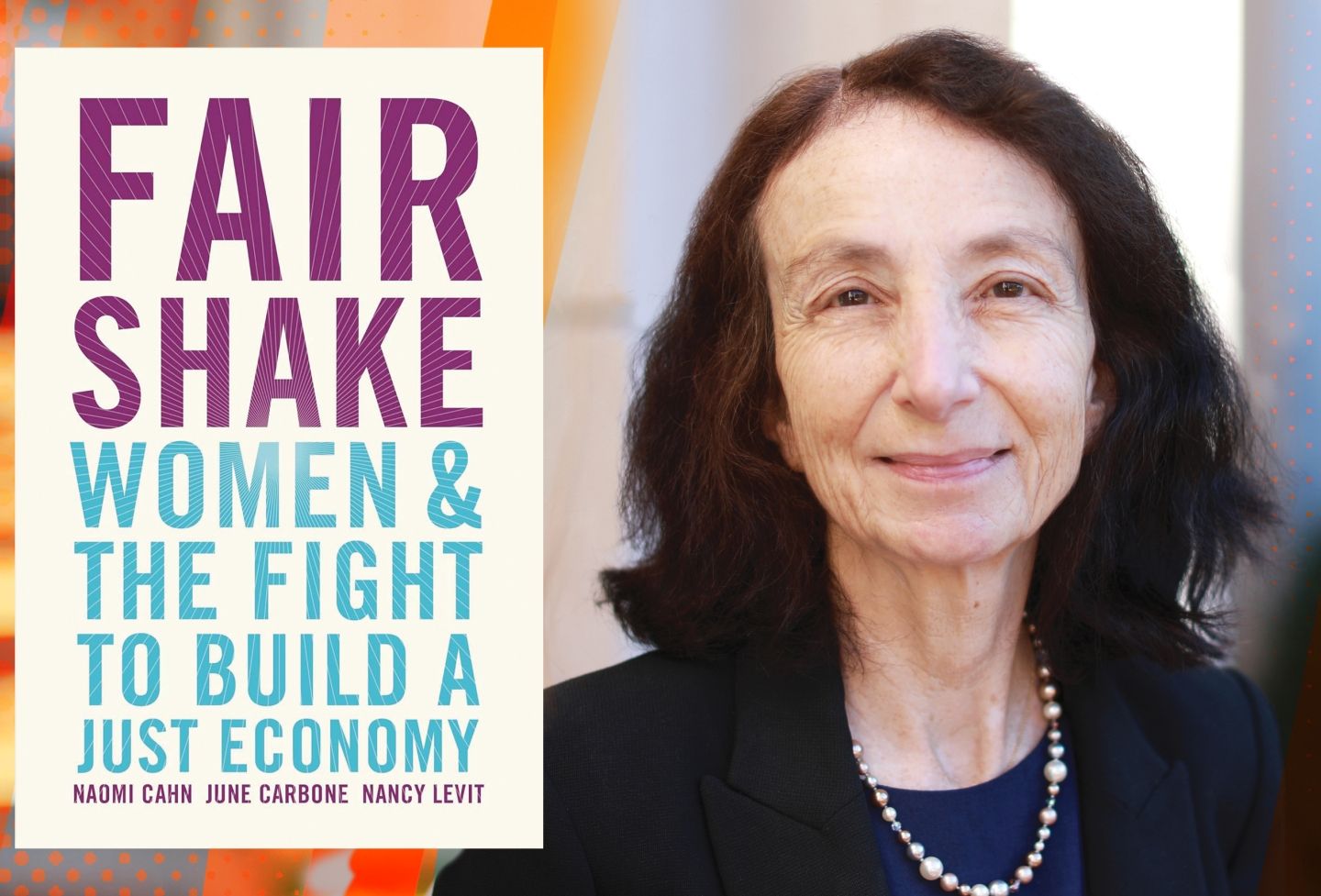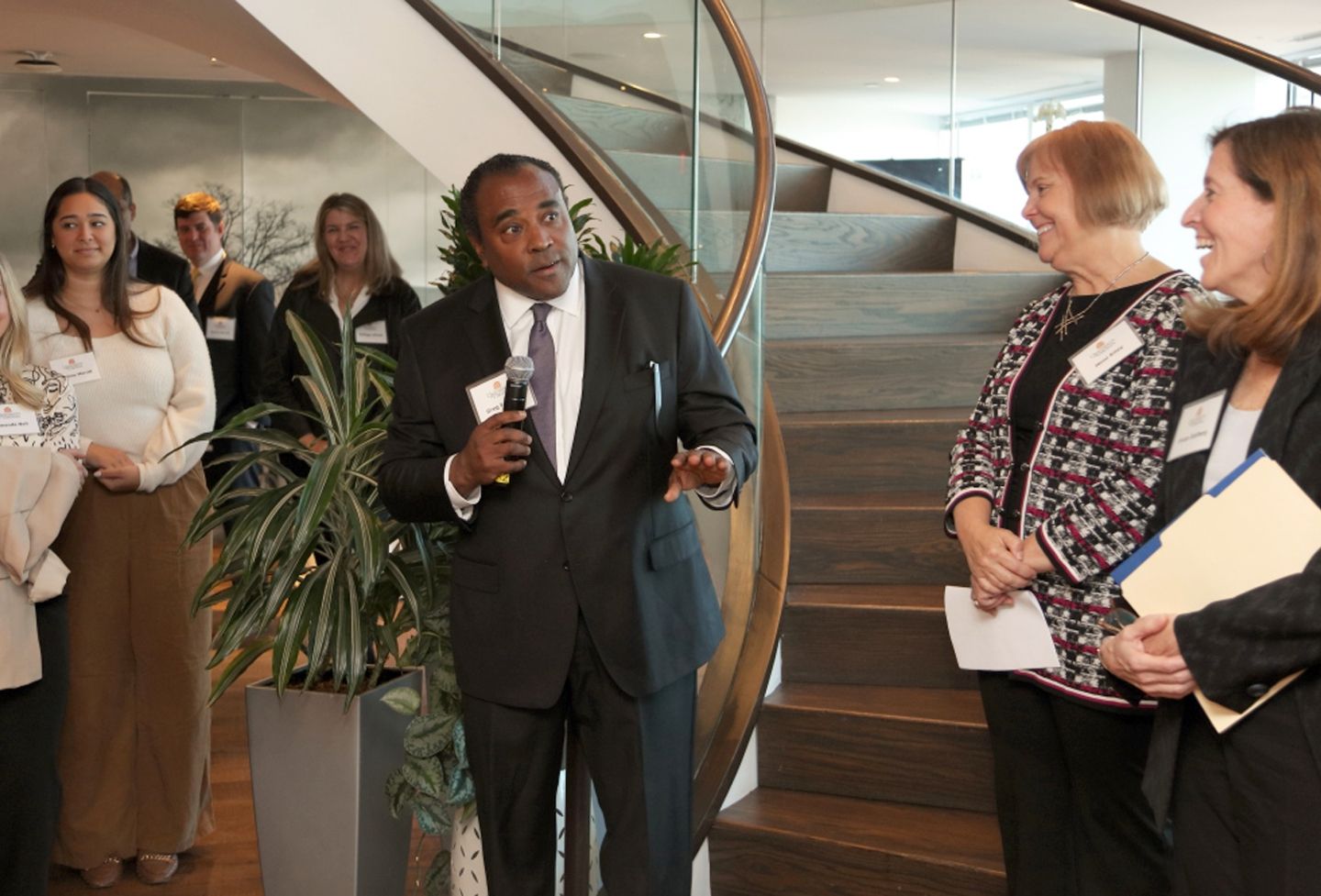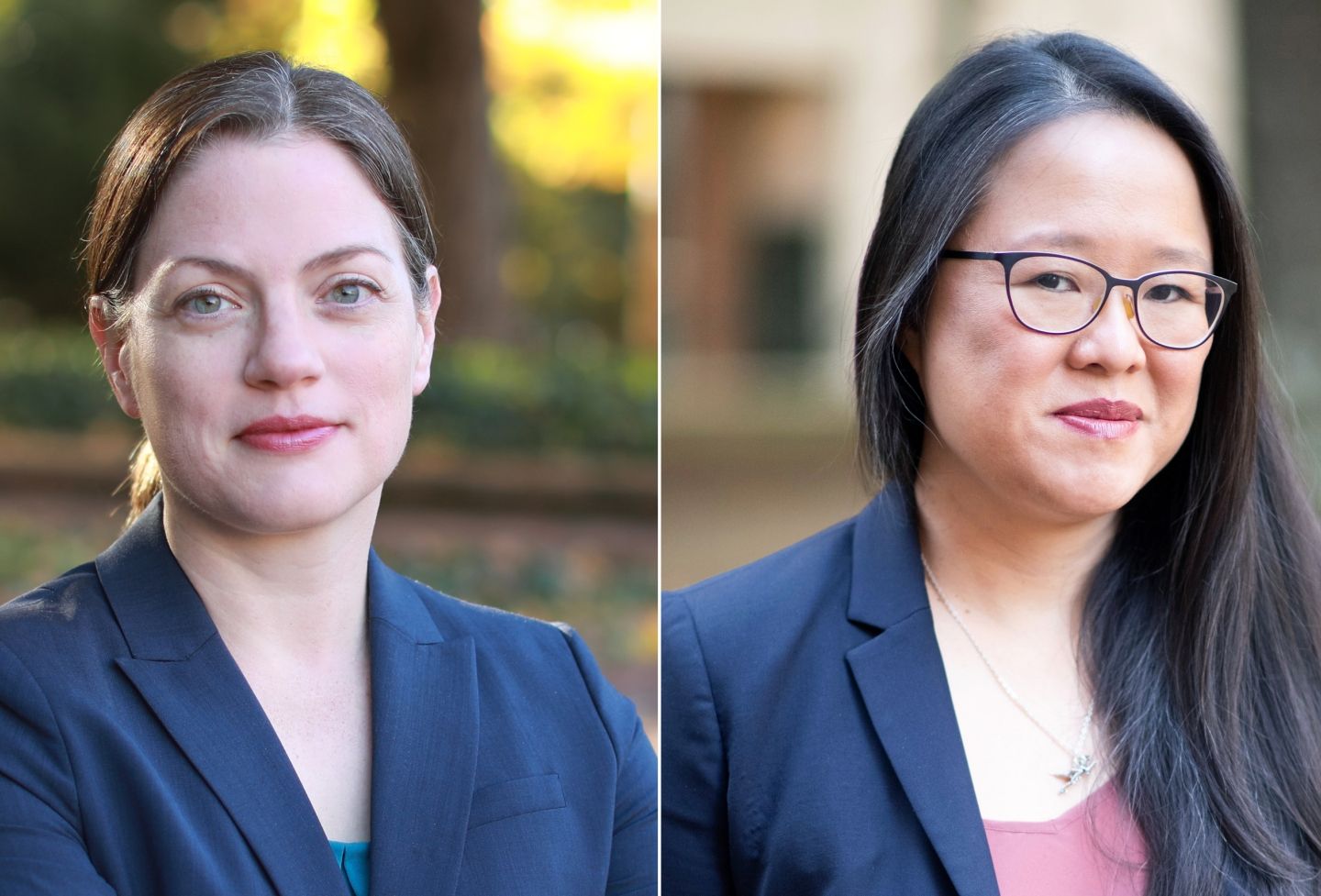Professor Jonathan Z. Cannon of the University of Virginia School of Law is a well-known environmental law scholar. But before he wrote such seminal works as the 2015 book “Environment in the Balance: The Green Movement and the Supreme Court,” he wrote a legal memo that would undergird a key Supreme Court decision.
In 2007, the U.S. Supreme Court affirmed that the Environmental Protection Agency has the legal authority to establish and enforce climate policy — and specifically to regulate the emissions of greenhouse gases — in Massachusetts v. EPA. In reaching that decision, the court cited a 1998 memorandum on the issue written by Cannon while an official at the EPA.
Cannon is currently the Blaine T. Phillips Distinguished Professor of Environmental Law, and director of the Program in Law, Communities and the Environment at UVA Law. Prior to joining the law faculty full-time, he was general counsel to the Environmental Protection Agency during the Bill Clinton administration, from 1995-98.
Cannon said he wasn’t trying to be pioneering in writing the memo. He was simply reacting to an on-the-spot request.
His boss, EPA Administrator Carol Browner, had been asked by U.S. Rep. Tom Delay during a House appropriations hearing, “if it was her view that the administration had the authority to regulate CO2 emissions from electric power plants,” Cannon recalled. “She said yes, she believed it did.”
Delay then asked to see a legal opinion supporting the assertion. Browner turned to Cannon, who was sitting behind her, and said, “My counsel will provide one.”
Cannon knew the key arguments, so the writing came easy. His opinion was that, under the Clean Air Act, the EPA had the legal authority to regulate emissions of carbon dioxide and other greenhouse gases as “air pollutants,” and that if the EPA’s administrator found the gases to be endangering public health or welfare, the department could act.
Beyond answering the question, he didn’t expect the memo to have much of a shelf life.
“As the agency had not made an endangerment finding and had no immediate plans to do so, it was not clear whether action would flow from the legal conclusion — or when,” Cannon recalled
Before the end of the Clinton administration in 2001, however, a coalition of environmental groups petitioned the agency to set greenhouse gas emissions standards for automobiles under Title II of the Clean Air Act.
“They argued that climate change was happening, that it would have harmful effects on human health and the environment, and that the agency had already decided that it had the legal authority to address it, citing the 1998 memo,” Cannon said
In reaction, the incoming George W. Bush administration reversed the legal assertion of EPA authority via its own counsel’s memo.
The state of Massachusetts, along with numerous other plaintiffs, then put the policy reversal to the test through litigation.
By a 5-4 vote, the Supreme Court affirmed the legality of the agency’s authority to regulate and sent the matter back to the EPA for further consideration on endangerment.
“The ruling has largely shredded the underpinning of other lawsuits trying to block regulation of the emissions and gives new momentum to congressional efforts to control heat-trapping gases linked to climate change,” The New York Times reported upon the court’s ruling.
Even though Congress, to date, has failed to pass more specific climate change mitigation law, the Massachusetts decision allowed the EPA to find, under the Barack Obama administration, that greenhouse gases do pose a threat to public health and welfare. That led to auto emissions standards and controls for new stationary sources. It also led to a subsequent decision, before the end of Obama’s second term, to regulate emissions from existing coal- and natural gas-fired power plants.
The Donald Trump administration has moved to ease the requirements on carbon emissions from power plants and from future automobile models, but cars on the road today are lower emitting because of the opinion. And Cannon’s work brought climate change policy within the realm of executive decision-making, focusing national attention on the related policy debates in the Obama and Trump administrations.
The Trump administration has so far chosen not to disturb the endangerment finding that provides the lynchpin for EPA’s regulation of greenhouse gas emissions under the act.
“Massachusetts v. EPA doesn’t approach Brown v. Board of Education in terms of its importance societally,” Cannon said. “But it may be, in the environmental world, as close as we get. And I think others share the view that if it’s not the most important environmental decision by the Supreme Court, it’s among the top two or three.”
Cannon has gone on to write two books and numerous articles since his time at the EPA, where he served as both general counsel (1995-98) and assistant administrator for administration and resources management (1992-95). Much of his scholarship is informed by his public service.
Prior to his work with the EPA, he was an environmental lawyer in private practice; served as an adjunct professor at Washington and Lee Law School, where he taught environmental law; and was a lecturer at the Law School.
He earned his J.D. from the University of Pennsylvania Law School in 1974.
Read More
- “Environment in the Balance: The Green Movement and the Supreme Court” (Harvard University Press, 2015).
- “The Significance of Massachusetts v. EPA,” 93 Va. L. Rev. In Brief 53 (2007).
- “Presidential Greenspeak: How Presidents Talk About the Environment and What It Means” (with Jonathan Riehl), 23 Stan. Envtl. L.J. 195 (2004).
Founded in 1819, the University of Virginia School of Law is the second-oldest continuously operating law school in the nation. Consistently ranked among the top law schools, Virginia is a world-renowned training ground for distinguished lawyers and public servants, instilling in them a commitment to leadership, integrity and community service.


